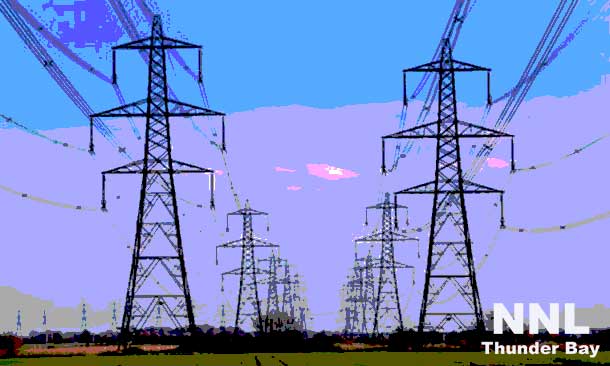OTTAWA – ENERGY – Indigenous communities in Canada are at the forefront of the transition to a clean energy economy, representing an investment of more than $30 billion in the past five years alone, and leaders in the Indigenous Clean Energy sector have two more reasons to celebrate this week: on Wednesday the federal budget included commitments of $715 million over 11 years for Indigenous participation in renewable energy projects including the move away from diesel fuels, and today a new network was launched to accelerate their work.
“The drive in Indigenous communities to be leaders in clean energy is a game-changer,” says Chris Henderson, President of Lumos Energy. “The $715 million of new federal spending will open many doors for Indigenous communities to develop hydro, solar, wind, biomass and other clean energy projects, and help off-grid communities reduce their reliance on diesel power. This not only gives First Nations, Métis and Inuit communities access to cleaner and more reliable energy — it can also be a major driver for community economic development.”
Chief Gordon Planes of T’Sou-ke First Nation in British Columbia has seen the benefits firsthand. “Already, there are more than 165 medium-to-large scale clean energy projects that Indigenous communities have been leaders in. And there are hundreds of small community-based projects, like the solar projects we have in T’Sou-ke,” he explains.
“These projects represent billions of dollars in investment and have created thousands of jobs for Indigenous peoples. On our project alone we had 12 people trained and employed, and we’re a community of just 250 people. That’s a huge impact.“
Lumos Energy is behind an initiative to extend the impact even further.
“Today we are launching the Indigenous Clean Energy (ICE) Network to provide an information hub for the sector and support collaboration to capitalize on the opportunities in this space,” Henderson announced today at the Assembly of First Nations (AFN) National Energy Forum in Ottawa. He added, “The ICE Network has become a reality thanks to strong Indigenous and clean energy industry partners.”
“The opportunities for indigenous communities are multi-faceted. Recent projects are breaking new ground in terms of the level of indigenous ownership, control, access to jobs, revenue-sharing and community economic spin-offs,” he remarked.
The ICE Network will connect Indigenous community members, Chiefs and Councillors, government representatives, energy sector industries and investors, academics, and others involved in advancing clean energy initiatives, such as off-grid diesel reduction. More information at: indigenouscleanenergy.com.







